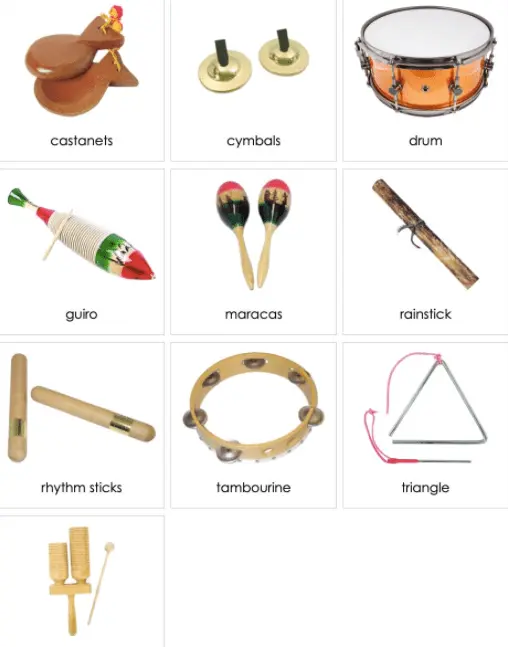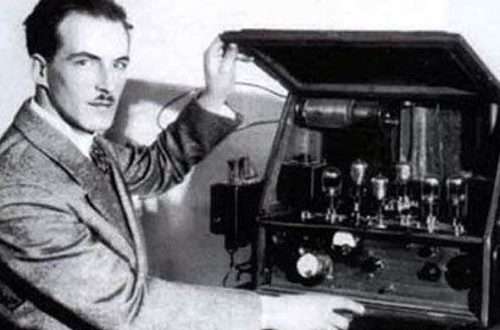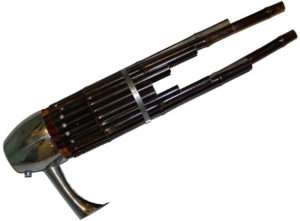
Classification of percussion instruments. What are percussion instruments?
See Percussion in the Muzyczny.pl store
When we talk about percussion instruments, most of us think of the drum kit that comes standard with every band playing popular music. However, the percussion family is much larger and includes a much larger number of instruments such as percussion. These are, among others, various types of drums or distractions that can be assigned to individual subgroups.
The basic division that we make in the case of percussion instruments is the division into those with a specific pitch, such as timpani, xylophone, vibraphone, celesta, and those with an undefined pitch, such as drums, triangles, maracas, and cymbals. With this undefined pitch, it is of course a very conventional matter because each instrument has its own sound, so it must also have a certain pitch. The point is rather whether the height of a given instrument can be determined precisely or only approximately, e.g. high – low. Therefore, perhaps a more accurate and understandable division will be into melodic and non-melodic instruments.
Another division that we can make in this group is the self-sounding percussion instruments. idiophones – in which the source of the sound is the vibration of the entire instrument and membrane percussion instruments, the so-called membranophones – in which the source of sound is a vibrating taut diaphragm, forming one of the parts of the instrument. We can divide idiophones into an additional subgroup, which will distinguish a given instrument due to the material used for their construction. Here, the main raw material that we meet is wood or metal.
In fact, each of us, even people not particularly related to music, had some personal contact with one of the instruments belonging to the percussion group. Popular bells, often called cymbals in school, are also a percussion instrument. A vibraphone made of metal plates is such a large equivalent of school bells. An instrument similar to a vibraphone is a xylophone, except that its plates are not metal but wooden. You can find many similarities among percussion instruments.
Of course among the percussion instruments the dominant group are various types of drums. A large part of them is used not only in folk music, but also in popular music. Especially in Latin music, with a strong emphasis on Cuban music, we can find instruments such as bongos or conga. They belong to the group of membrane instruments, the membrane of which is made of natural or synthetic leather.
The most famous and popular instrument in this group is a drum kit, which is also often called a set. It consists of individual, separate diaphragm instruments and cymbals. The basic components of the whole set are: central drum, snare drum and hi-hat. It is on these basic elements that the percussion education begins, successively adding to it individual cauldrons and cymbals. A component of such a set is, of course, hardware, i.e. accessories, which include cymbal stands, snare drum, drum stool and, above all, a drum pedal and a machine hi-hatu. A perfect complement to such a basic set can be various types of percussion instruments, such as a tambourine or a set of hanging bells.
In the group of percussion instruments there is a huge number of various exotic instruments, and one of the most interesting is, for example, zanza, more commonly known in Europe as kalimba. It is an instrument that comes from Africa and belongs to the group of plucked idiophones. It consists of a board or a box resonator to which reed or metal tongues are attached. We can find various types of this instrument, e.g. single-row, double-row and even three-row kalimbe. The simplest constructions allow you to play simple melodies, while the more complex ones give much more possibilities for making music. The cost of this instrument depends primarily on the material that was used to produce it and ranges from several dozen to several hundred zlotys. This instrument can act as a solo instrument as well as be an exotic complement to the larger musical instruments of a given ensemble.





